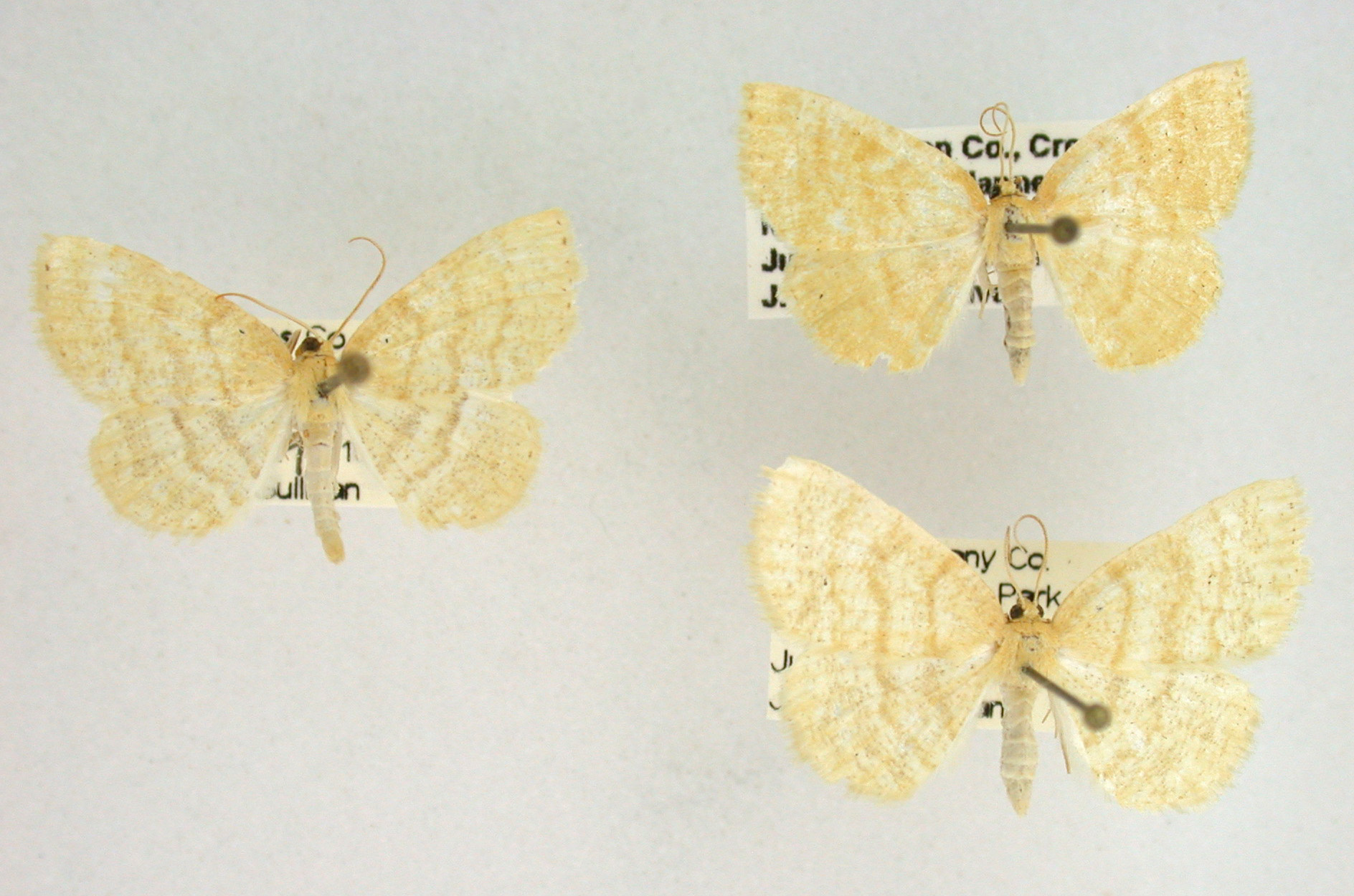
| Recorded by: Jim Petranka, Becky Elkin, Marilyn Westphal, Nora Murdock on 2025-08-25
Henderson Co.
Comment: | 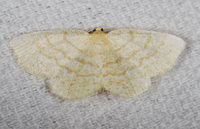
| Recorded by: Jim Petranka on 2025-07-24
Madison Co.
Comment: |

| Recorded by: Owen McConnell on 2024-08-12
Graham Co.
Comment: | 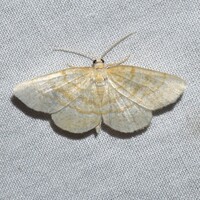
| Recorded by: David George, Jeff Niznik, Kevin Bischof on 2024-08-07
Transylvania Co.
Comment: |

| Recorded by: David George, Jeff Niznik on 2024-08-05
Transylvania Co.
Comment: | 
| Recorded by: David George, Jeff Niznik on 2024-08-05
Transylvania Co.
Comment: |

| Recorded by: David George, Jeff Niznik on 2024-08-05
Transylvania Co.
Comment: | 
| Recorded by: Jim Petranka on 2024-08-04
Madison Co.
Comment: |
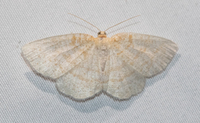
| Recorded by: Emily Stanley on 2024-06-25
Buncombe Co.
Comment: | 
| Recorded by: Ken Kneidel on 2024-06-24
Watauga Co.
Comment: |

| Recorded by: Ken Kneidel on 2024-06-24
Watauga Co.
Comment: | 
| Recorded by: Ken Kneidel on 2024-06-24
Watauga Co.
Comment: |
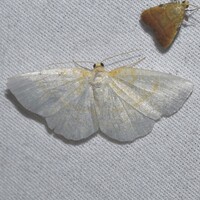
| Recorded by: David George, Stephen Dunn, Jeff Niznik, Patrick Coin on 2024-06-22
Chatham Co.
Comment: | 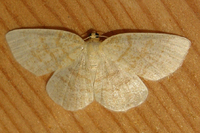
| Recorded by: Owen McConnell on 2023-08-06
Graham Co.
Comment: |
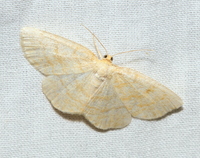
| Recorded by: David George, Stephen Dunn, Jeff Niznik on 2023-07-31
Macon Co.
Comment: | 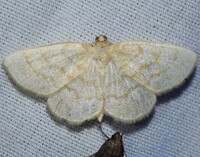
| Recorded by: David George, Stephen Dunn, Jeff Niznik, Rich Teper, Becky Watkins on 2023-07-30
Swain Co.
Comment: |
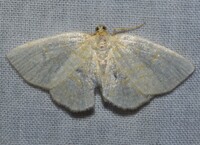
| Recorded by: David George, Stephen Dunn, Jeff Niznik, Rich Teper, Becky Watkins on 2023-07-29
Swain Co.
Comment: | 
| Recorded by: K. Bischof on 2023-05-08
Transylvania Co.
Comment: |
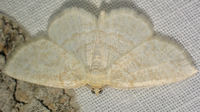
| Recorded by: tom ward on 2022-05-08
Buncombe Co.
Comment: | 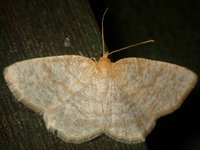
| Recorded by: tom ward on 2022-04-23
Buncombe Co.
Comment: |
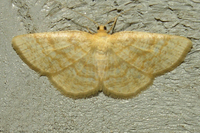
| Recorded by: Owen McConnell on 2021-07-27
Graham Co.
Comment: | 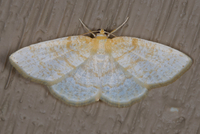
| Recorded by: Jim Petranka and Becky Elkin on 2021-05-21
Madison Co.
Comment: |
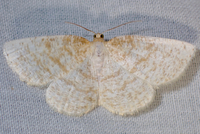
| Recorded by: tom ward on 2021-05-19
Buncombe Co.
Comment: | 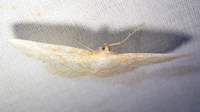
| Recorded by: tom ward on 2021-05-19
Buncombe Co.
Comment: |
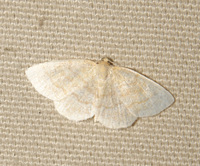
| Recorded by: Vin Stanton on 2020-07-18
Buncombe Co.
Comment: | 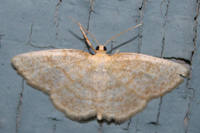
| Recorded by: Vin Stanton on 2020-04-03
Buncombe Co.
Comment: |
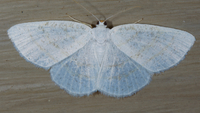
| Recorded by: Jim Petranka and Becky Elkin on 2019-09-14
Madison Co.
Comment: | 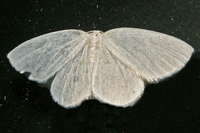
| Recorded by: Owen McConnell on 2019-06-09
Graham Co.
Comment: |
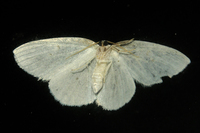
| Recorded by: Owen McConnell on 2019-06-09
Graham Co.
Comment: | 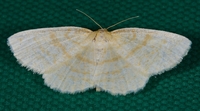
| Recorded by: Jim Petranka and Becky Elkin on 2019-05-27
Madison Co.
Comment: |
|

 »
»
